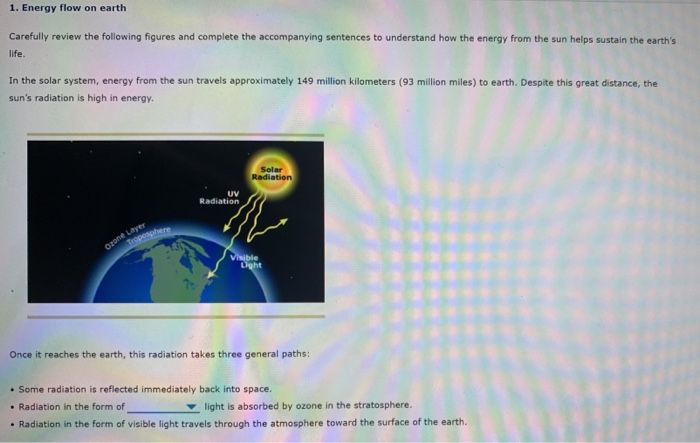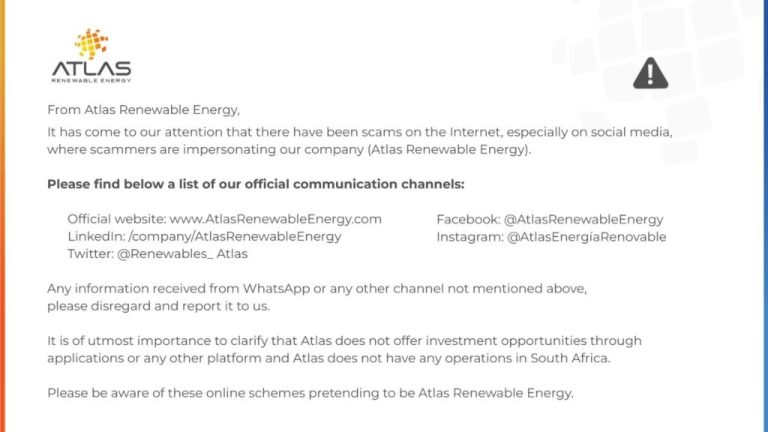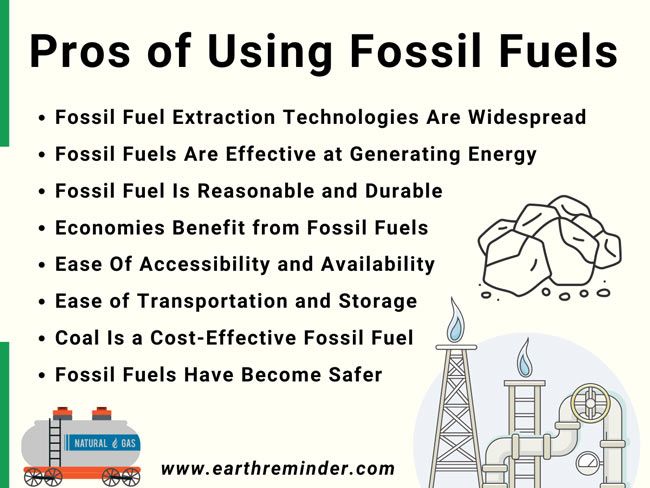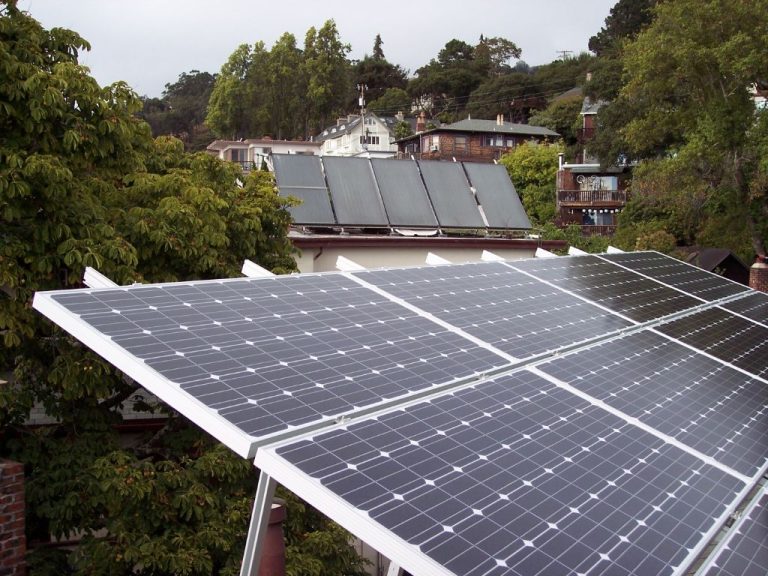Why Does Solar Have The Most Potential?
An Abundant, Clean Energy Source of the Future
Solar power has emerged as one of the most promising renewable energy sources in the world today. The amount of solar energy that hits the Earth’s surface in one hour is equal to the amount of energy used globally in an entire year. With such an abundant resource available, solar has tremendous potential to supply the world’s energy needs.
Declining Costs
The costs of solar energy have declined dramatically in recent years. According to one report, the cost of solar panels has dropped by over 99% since the 1970s. In 1977, solar panels cost over $77 per watt. Today, prices have fallen to around 50 cents per watt. This represents a remarkable decline in costs.
Several factors have driven the declining prices for solar technology. Improvements in manufacturing and installation processes have lowered production costs and increased economies of scale. Advances in panel efficiency allow solar installers to use fewer panels to generate the same amount of electricity, further reducing system costs. Competition within the solar industry has also helped bring prices down.
The plummeting costs of solar mean it is now price-competitive with conventional energy sources like coal and natural gas in many markets. This dramatic decline in solar pricing is a major reason why solar energy has the most potential moving forward. As prices continue to fall, solar is becoming the most cost-effective way to generate clean renewable electricity.
Abundant Resource
One of solar energy’s greatest strengths is that it relies on a virtually unlimited resource: the sun. The amount of solar energy that hits the Earth’s surface in one hour is equal to the amount of energy humanity uses in an entire year. The sun has been producing energy for billions of years and will continue doing so for billions more. This makes solar an incredibly abundant and renewable resource, unlike fossil fuels which are finite and being depleted much faster than they are formed. While fossil fuels may run out within the next century at current consumption rates, the sun’s energy will continue shining indefinitely, making it a sustainable long-term energy solution. With solar technology like photovoltaics and concentrated solar power improving rapidly, sunlight could realistically meet 100% of the world’s energy demand one day. The incredible abundance of solar sets it apart from all other energy sources.
Environmental Benefits
Solar energy generates electricity without emitting greenhouse gasses or other air pollutants. This is a major advantage over fossil fuel power plants which contribute significantly to climate change, smog, and health issues. Unlike coal and natural gas, solar panels produce clean, renewable electricity just from sunlight, without any smokestacks or waste products. The environmental footprint is negligible.
According to the U.S. Energy Information Administration, the electric power sector accounts for approximately 25% of U.S. greenhouse gas emissions. Solar has the potential to dramatically reduce these emissions and their associated effects on the climate. Even accounting for emissions during manufacturing and installation, the overall lifecycle emissions of solar PV are 75-90% lower per kWh than coal and 45-75% lower than natural gas. As solar continues to scale up, the environmental dividends will be substantial.
In addition to curbing carbon emissions, solar PV does not emit air pollutants like sulfur dioxide, nitrogen oxides, and particulate matter that can cause smog, acid rain, and respiratory illnesses. This leads to major public health benefits. One study found that air quality improvements resulting from solar and wind energy reduced premature deaths in the U.S. by over 3,000 annually. The transition to clean power from solar and other renewables can literally save lives.
Solar also has minimal water usage, especially compared to fossil fuel plants which require significant water for cooling. This helps conserve precious freshwater resources. And since solar systems can be installed on roofs or degraded lands, they don’t usually disturb natural habitats or cause biodiversity loss. The light environmental footprint makes solar power a sustainable energy solution.
Energy Independence
Solar power offers the ability for homes and businesses to generate their own electricity, reducing dependence on utility companies and the larger energy grid. By installing solar panels on rooftops, parking structures and open land, we can decentralize energy production and give consumers more control. With solar, you’re not beholden to a monopolistic utility company or at the mercy of fluctuating electricity rates. The power you generate from the sun is yours to use when you need it. Even if you remain connected to the grid, solar allows you to cover a portion of your own energy needs. This distributed model creates energy independence and supports consumer choice.
Solar also enables developing regions and remote locations to electrify without extending power lines over long distances. Mini solar grids can provide electricity to rural villages far from the central grid. Island nations can utilize local sunshine instead of importing fossil fuels. The modular and scalable nature of solar supports energy independence and autonomy.
At a larger level, expanded domestic solar production decreases reliance on imported fuels. For countries that spend billions on coal, oil and natural gas from other nations annually, increased homegrown solar energy shifts the balance of energy trade in their favor. With abundantly available sunlight worldwide, solar presents an opportunity for energy self-sufficiency, stability and security.
Job Creation
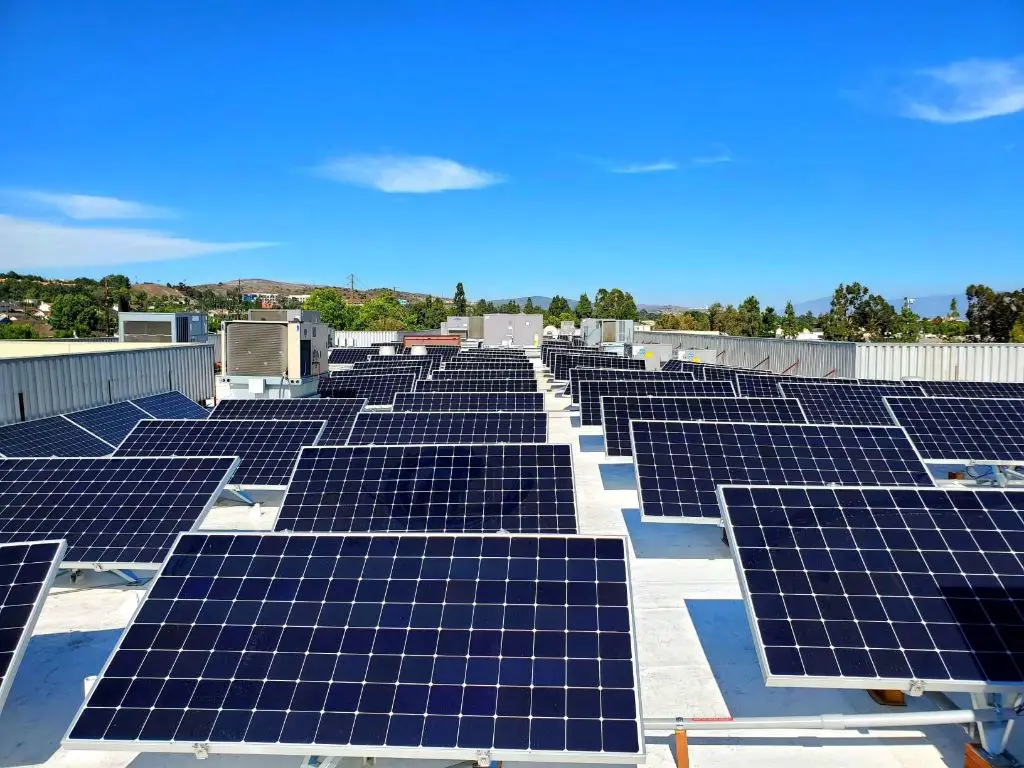
The growth of the solar industry has created hundreds of thousands of well-paying jobs across the country. In 2019, the solar workforce exceeded 250,000 workers, more than double the number in 2012. This makes the solar industry one of the fastest growing sources of new jobs in the US. Most solar jobs pay well and do not require an advanced degree, providing employment opportunities for electricians, solar installers, project managers, and other tradespeople.
The solar job boom is partly fueled by the rapidly declining costs of solar panels, which has increased demand for rooftop solar installations. But growth is also driven by state renewable energy policies and incentives that encourage solar deployment. As more states adopt aggressive renewable energy goals, solar jobs are projected to continue increasing over the next decade. The Solar Foundation estimates there will be over 400,000 solar workers in the US by 2030.
Solar jobs are located across all 50 states, in both red and blue districts. The states with the most solar jobs include California, Florida, Texas, Massachusetts, New York, and Illinois. But even smaller states like Vermont, Utah, and South Dakota have thousands of residents working in the solar industry. Solar provides not just clean energy, but local jobs that cannot be outsourced.
Technological Improvements
Advances in technology are making solar power more viable than ever before. One major area of innovation is in storage solutions. As solar panels only produce energy when the sun is shining, storing excess energy for use at night or on cloudy days has been a challenge. New battery storage technologies are changing that. Lithium-ion batteries and flow batteries can now store solar energy for later use. These batteries are becoming cheaper and more efficient. New concentrated solar power plants can even store heat energy to generate electricity on demand. There has also been progress with hydrogen production and fuel cells as a storage method. As storage technology continues to mature, solar becomes an increasingly reliable energy provider 24/7.
In addition to storage, solar panel efficiency continues to increase. New materials and manufacturing methods have boosted the productivity of solar modules, allowing them to capture more sunlight. Smart solar inverters are better at coping with voltage fluctuations and can connect with battery storage. Solar microgrids and virtual power plants allow decentralized solar arrays to connect into an intelligent network. Automation, sensors and software enable finer control over system operations. With all of these enhancements, solar technology is becoming a highly sophisticated and capable energy solution.
Supportive Policies
Governments around the world are implementing policies that encourage solar adoption through financial incentives. Tax credits, rebates, and other subsidies make installing solar panels more affordable. Many governments also have renewable energy standards that require utilities to generate a percentage of their electricity from renewable sources like solar. These policies drive demand for solar energy and help the industry continue to expand.
Federal tax credits have played a major role in the growth of solar energy in the United States. The federal solar Investment Tax Credit (ITC) currently allows homeowners to deduct 26% of the cost of installing a solar energy system from their federal taxes. This financial incentive has spurred massive growth in residential solar installations in the U.S. over the past decade. State and local policies like net metering, clean energy funds, and property tax exemptions also encourage solar adoption. Government support has been critical to the advancement of solar energy.
Public Support
Public opinion polls consistently show strong support for solar energy and transitioning to renewable energy sources. A 2021 Pew Research Center survey found that 79% of U.S. adults favored more solar panel farms, including 92% of Democrats and 64% of Republicans. Similarly, a 2020 poll by the Yale Program on Climate Change Communication found that 81% of registered voters supported requiring utilities to generate 100% of their electricity from renewable sources like solar and wind, including 93% of Democrats and 70% of Republicans.
There is widespread agreement across party lines that the U.S. should prioritize solar energy development. According to a 2021 poll by the Center for American Progress, 85% of voters said it is important for the nation to achieve 100% clean, renewable energy like solar power by 2035, including 93% of Democrats and 75% of Republicans. Additionally, 77% agreed that the transition to 100% clean energy is an opportunity to create jobs and boost the economy. Polls indicate most Americans want policymakers to accelerate the transition to solar and renewable energy.
Conclusion
In summary, solar energy has immense potential due to several key factors:
First, the costs of solar have declined rapidly, making it competitive with conventional power sources.
Second, solar is an abundant renewable resource, available in some form almost anywhere.
Third, solar provides environmental benefits by reducing air pollution and carbon emissions.
Fourth, expanding solar supports energy independence by using a domestic energy source.
Fifth, solar creates jobs in manufacturing, installation, and other sectors.
Sixth, solar technologies are improving continuously, increasing efficiency and capabilities.
Seventh, government policies can encourage solar adoption through incentives and mandates.
Finally, public opinion supports transitioning to renewable energy like solar.
For all these reasons, solar has immense potential as a mainstream energy source. Supporting policies and deployment can allow solar to continue its rapid growth, providing clean and affordable power worldwide.

